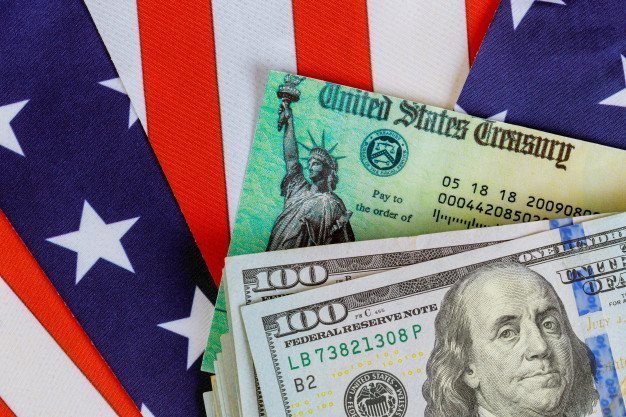Oil prices calmed on Wednesday after rapid gains in the previous session, which should help bolster oil demand, as the Federal Reserve pointed out that it may raise rates more slowly than expected.
Brent and US crude are trading at their highest levels since Omicron emerged in late November, which has not impacted fuel demand compared to previous COVID-19 variants, but is highly contagious.
Brent crude futures rose 6 cents, or 0.07%, to $83.78 a barrel at 0555 GMT, after gaining 3.5% in the previous session.
West Texas Intermediate (WTI) crude futures rose 20 cents, or 0.3%, to $81.42 a barrel, after gaining 3.8% in the previous session.
The Federal Reserve said on Tuesday that the economy should weather the current COVID-19 surge with only “short-lived” effects and is ready for tighter monetary policy to begin.
While assurances were given that the Fed, which strengthened the interest rate hike outlook in March, will bring down the rising inflation, it is also said that the Fed may leave the strong economic growth as it is. This could raise growth-sensitive demand for crude oil.
However, data from the American Petroleum Institute (API) did not paint a very optimistic picture on fuel demand, with less-than-expected declines in crude oil inventories and larger-than-expected increases in gasoline and distillate stockpiles.
Crude oil inventories fell by 1.1 million barrels in the week ended January 7th. That was less than the 1.9 million barrels expected by some analysts.
Gasoline inventories increased by 10.9 million barrels, compared to analysts’ expectations for an increase of 2.4 million barrels. Distillate stocks, which include diesel and heating fuel, increased by 3 million barrels, compared with estimates of 1.8 million barrels increase.
Although the first quarter seems quite optimistic about overall growth, the latest API data shows that demand is decreasing. Therefore, it is too early to expect a positive price increase.
However, the US Energy Information Administration’s outlook for elevated oil demand released on Tuesday supported the market and saw total US demand increase to 840,000 barrels per day (bpd) in 2022 from the previous estimate of 700,000 barrels per day increase in 2022.
At the same time, the EIA lowered its production outlook for 2022, and expecting US oil production as 640,000 bpd against its previous estimate of 670,000 bpd.
The market’s eyes are on the EIA inventory data, which will be released Wednesday.

